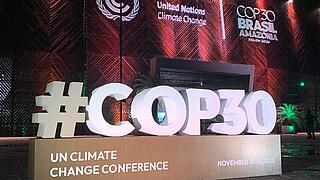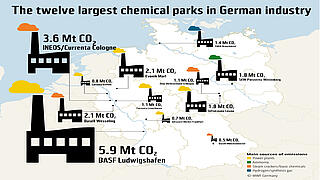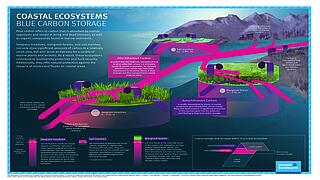Housing, mobility, food, clothing – private consumption accounts for a significant share of climate-harming greenhouse gas emissions. In addition to its use of energy resources, private consumption in Germany appropriates vast quantities of materials and resources worldwide. However, ever-increasing numbers of consumers are keen to make more conscious choices and are looking for the most energy-efficient, eco-friendly and healthy products, ideally manufactured in compliance with social standards. Quality marks and labels provide guidance here: they help consumers to shop with a conscience. When developing and introducing new technologies, too, it is important to weigh up the benefits and drawbacks from a broad sustainability perspective.
Researchers at the Oeko-Institut are involved in developing standards and criteria for product sustainability. They set out the minimum requirements relating to efficiency, durability, repairability and other environmental aspects of products and advise policy-makers on their introduction and procurement. They also look at requirements relating to the sustainable use of new materials and technologies and share their expertise during the development of new products and processes.













